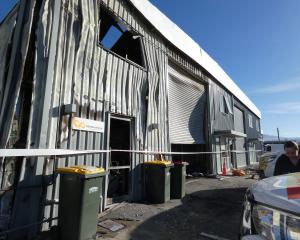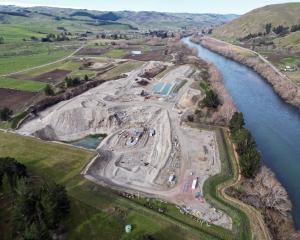New Zealand will revel in warm, sunny weather for at least the next week as we continue to bask in high pressure systems which have dominated Australia.
As Kiwis have recently basked in warm weather sent from over the Tasman, we will soon be bearing the tail-end of the brunt of a “supercell” storm which is causing widespread flooding to many areas stricken by bush fires.
Philip Duncan of Weatherwatch.co.nz says the rain, due in 7 to 10 days’ time, will not be serious but could bring some light relief to some dry areas.
The run of good weather comes after a slow start to the New Zealand summer in some areas, and southerners won't be missing out on the sunshine.
The MetService website shows Dunedin is in for a run of mostly fine days over the next week, while the heat really goes on in Central Otago, where Alexandra and Wanaka are forecast to have a seven-day run of temperatures around the 30degC mark.
Further north, a tropical depression which is about to hit Fiji could bring some dangerous tidal movements next week which in past years have seen freak waves claim lives and create rescues of groups of people.
The strong tides will affect eastern North Island beaches, from Coromandel down to Gisborne, on Monday and Tuesday and Duncan is urging people to keep an eye on young and elderly people in and around the water on those days.
Meanwhile, Duncan said “reliable data” showed a drier than average trend of warm, dry weather in January due to increasing amounts of high pressure.
“As New Zealand gets more high pressure, the air pressure is dropping in eastern Australia allowing for rain and showers in the drought and bush fire regions.”
It will also see a change in predominant wind direction from westerlies to easterlies.
“This significant uptick in high pressure is also tracking further south, protecting the South Island much more than it has been doing and - for a time - this will allow an easterly quarter flow around the North Island, the opposite to the westerlies lately.
“These southern-placed highs also stop the Southern Ocean skies, which have been overly active weather-wise lately, from sending further colder, windier, changes over the South Island.
“High pressure dominates some regions for the rest of January at this stage.”
However, his long-range data suggested the rain clouds would return late January and into February but likely affecting areas which need it most, including Gisborne and Hawke’s Bay.
Fiordland and South Westland would also get a few showers, he said.












